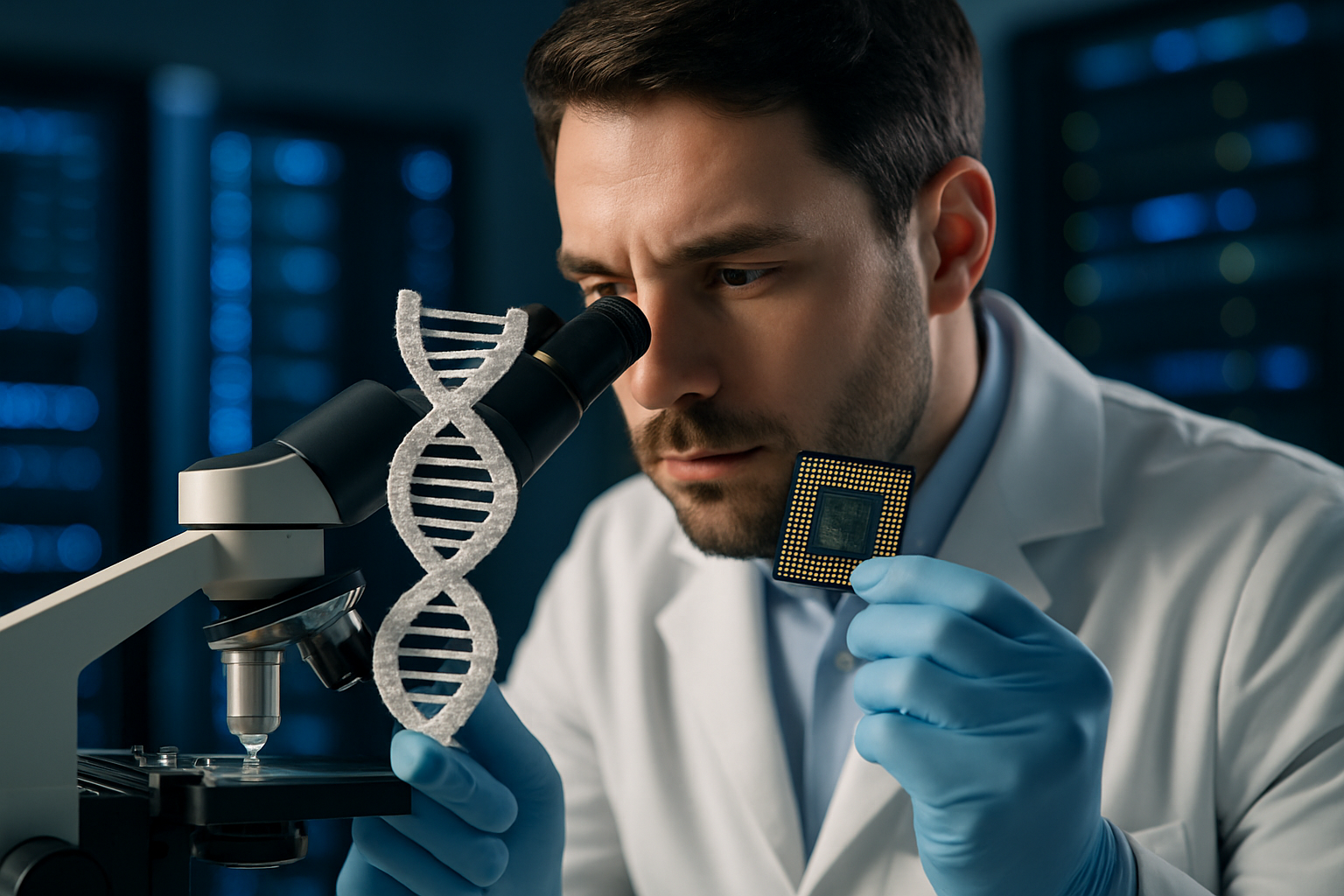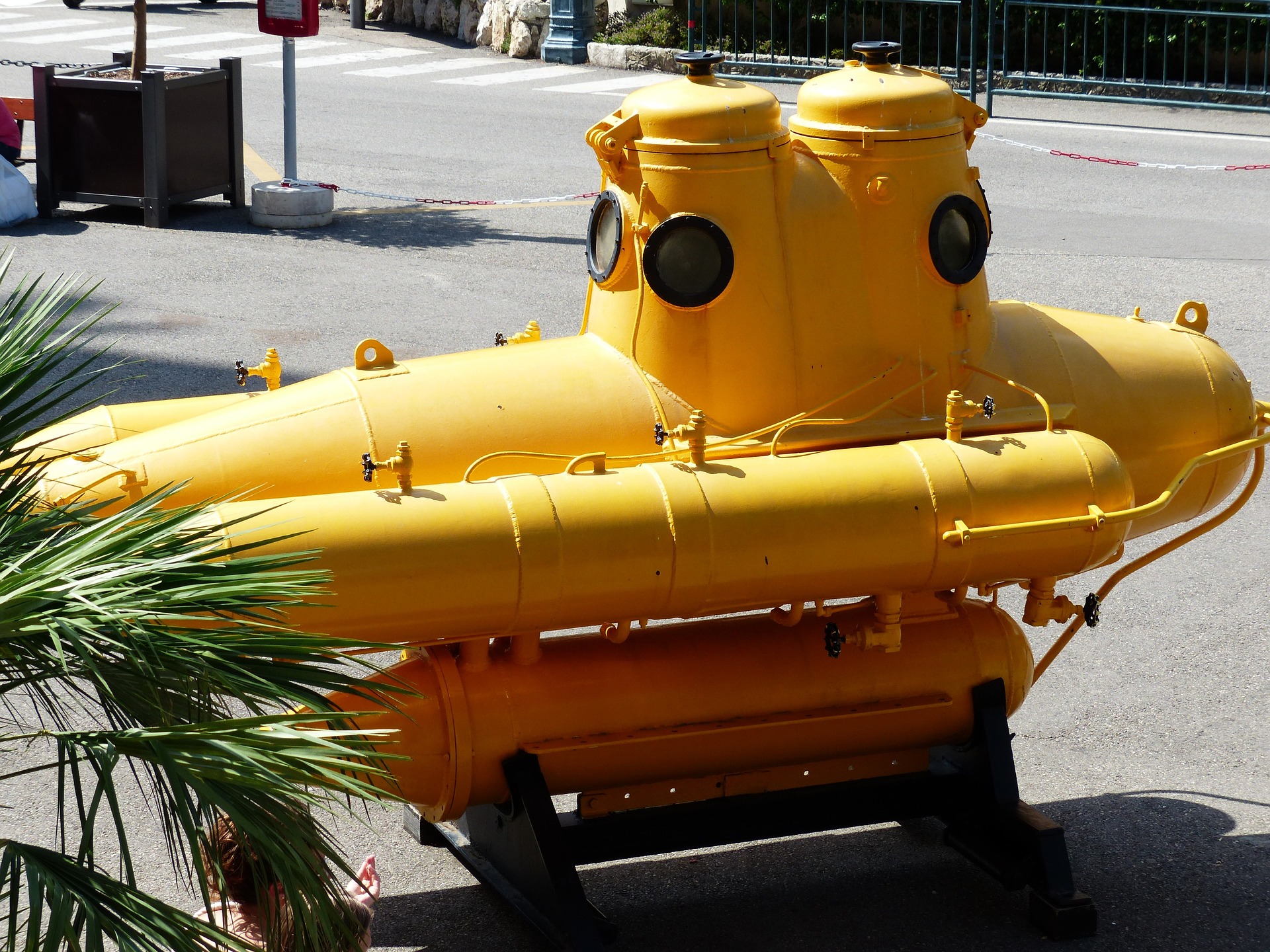Title: Legal Implications of Synthetic Biology in Patent Law
Introduction: In the rapidly evolving field of biotechnology, synthetic biology stands at the forefront, pushing the boundaries of what's possible in genetic engineering. This cutting-edge discipline, which involves designing and constructing novel biological parts, devices, and systems, is not only revolutionizing scientific research but also challenging traditional patent law frameworks. As scientists create artificial life forms and redesign existing organisms, the legal system grapples with unprecedented questions about the patentability of these innovations.

Traditional Patent Law and Its Limitations
Patent law has long been the cornerstone for protecting intellectual property in scientific and technological innovations. However, the advent of synthetic biology has exposed significant gaps in the existing legal framework. Traditional patent law was primarily designed to protect mechanical inventions and chemical compounds, not living organisms or biological systems. The landmark case of Diamond v. Chakrabarty in 1980 opened the door for patenting genetically modified organisms, but synthetic biology pushes these boundaries even further.
Challenges in Patenting Synthetic Biology Innovations
One of the primary challenges in patenting synthetic biology inventions is determining what constitutes a novel and non-obvious creation. When scientists design artificial DNA sequences or engineer existing organisms, it becomes increasingly difficult to draw the line between discovery and invention. Moreover, the complexity of biological systems raises questions about the extent to which an inventor can claim ownership over a living organism or its components.
Ethical Considerations and Public Policy
The patenting of synthetic biology innovations also raises profound ethical questions. Critics argue that allowing patents on artificial life forms or engineered biological systems could lead to the monopolization of fundamental building blocks of life. There are concerns about the potential environmental and health risks associated with releasing synthetic organisms into the environment. These ethical considerations often intersect with public policy debates, influencing how patent offices and courts interpret and apply existing laws.
International Perspectives and Harmonization Efforts
The global nature of scientific research and commerce adds another layer of complexity to the patenting of synthetic biology innovations. Different countries have varying approaches to what can be patented in this field, leading to inconsistencies in international patent protection. Efforts to harmonize patent laws across jurisdictions face significant challenges due to differing cultural, ethical, and economic perspectives on the patentability of biological inventions.
Proposed Legal Reforms and Future Outlook
As the field of synthetic biology continues to advance, there is a growing recognition of the need for legal reforms to address its unique challenges. Some experts propose creating a sui generis system specifically tailored to synthetic biology inventions, while others advocate for adapting existing patent laws to accommodate these new technologies. The future of patent law in this area will likely involve a delicate balance between fostering innovation, protecting intellectual property rights, and addressing ethical and safety concerns.
In conclusion, the intersection of synthetic biology and patent law represents a frontier in legal thought and practice. As scientists push the boundaries of what’s possible in biological engineering, the legal system must evolve to provide adequate protection for these innovations while addressing broader societal concerns. The ongoing dialogue between scientists, legal experts, policymakers, and ethicists will be crucial in shaping a patent system that can effectively navigate the complex landscape of synthetic biology in the years to come.





